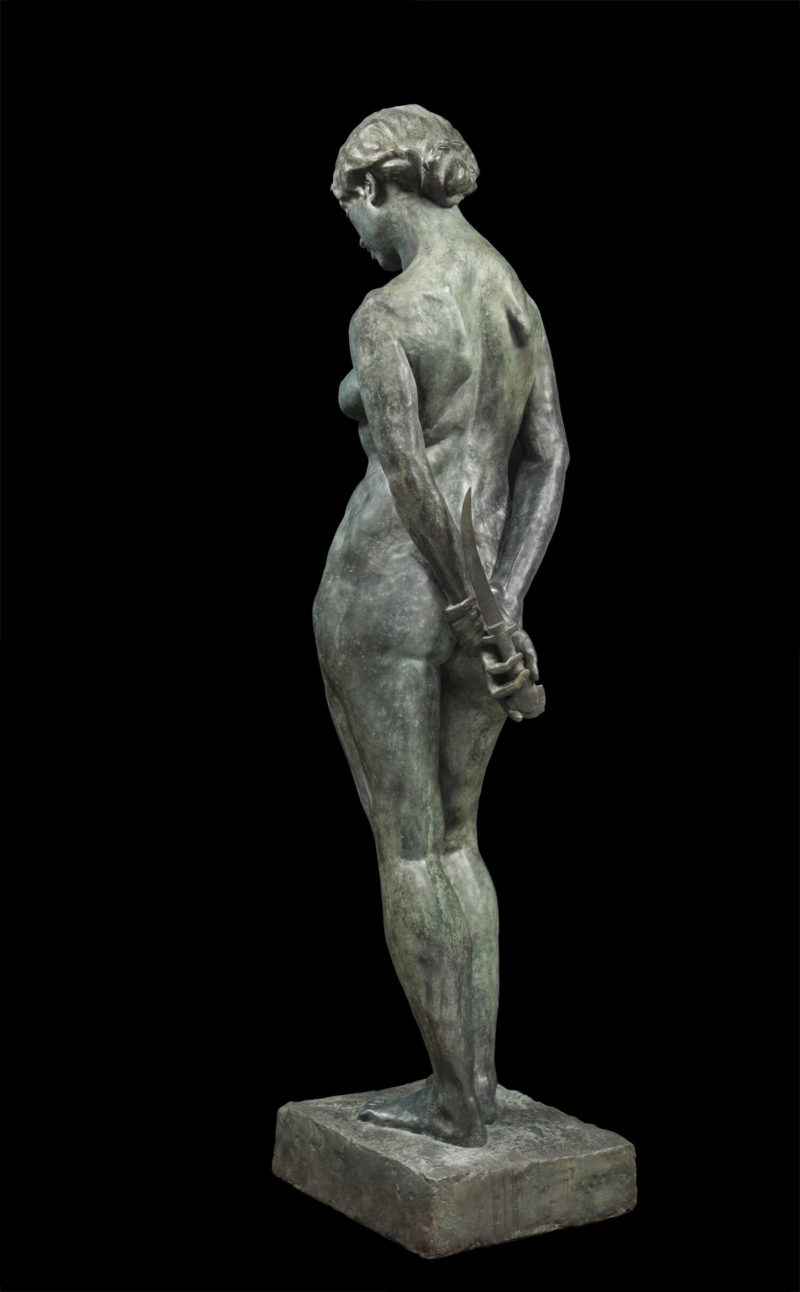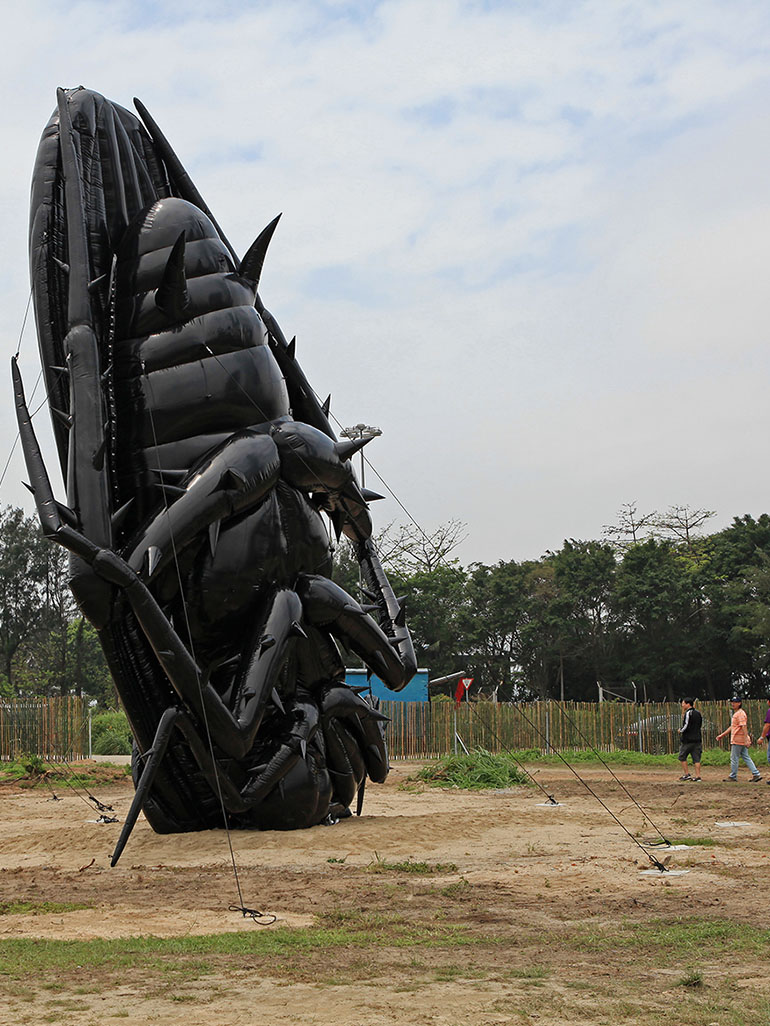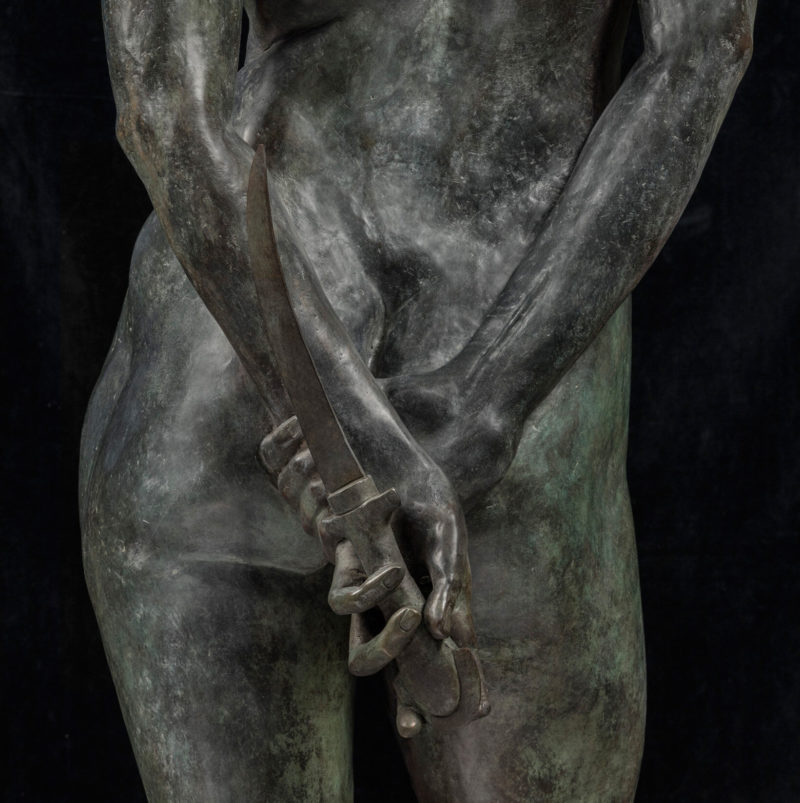
Article by Dr. Gindi, contemporary sculptor
An opportunity for artists to reinvent the creative process
The years of 2020 through 2021 created an inflection point in human history as the COVID virus surfaced many human weaknesses and vulnerabilities. Amid the entrenched pandemic, we have a rare but brief opportunity to rethink, reimagine and repurpose our world.
What are the seedpods of shared solutions to solve the existential predicaments facing humanity challenged with the decay and death induced by the pandemic?
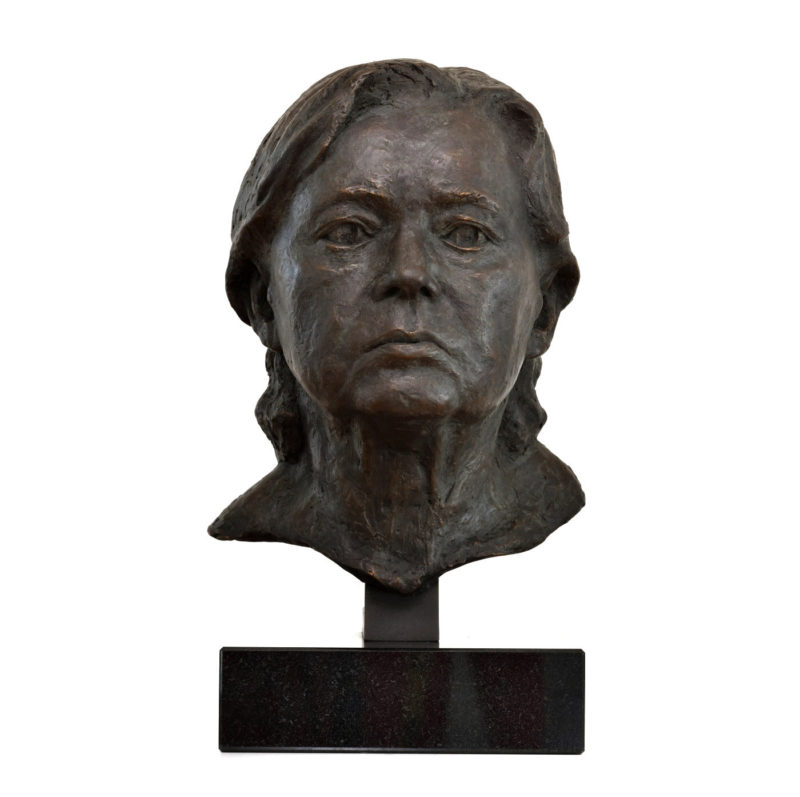
How to nurture the deep transformations our world needs?
The fine arts industry stuttered and continues to writhe due to the pandemic: Museums, art galleries and auction houses have all had to fully close or reopen with restricted attendance due to masking and social distancing rules.
Artists could view this moment as an opportunity to revive and reinvent the creative process.
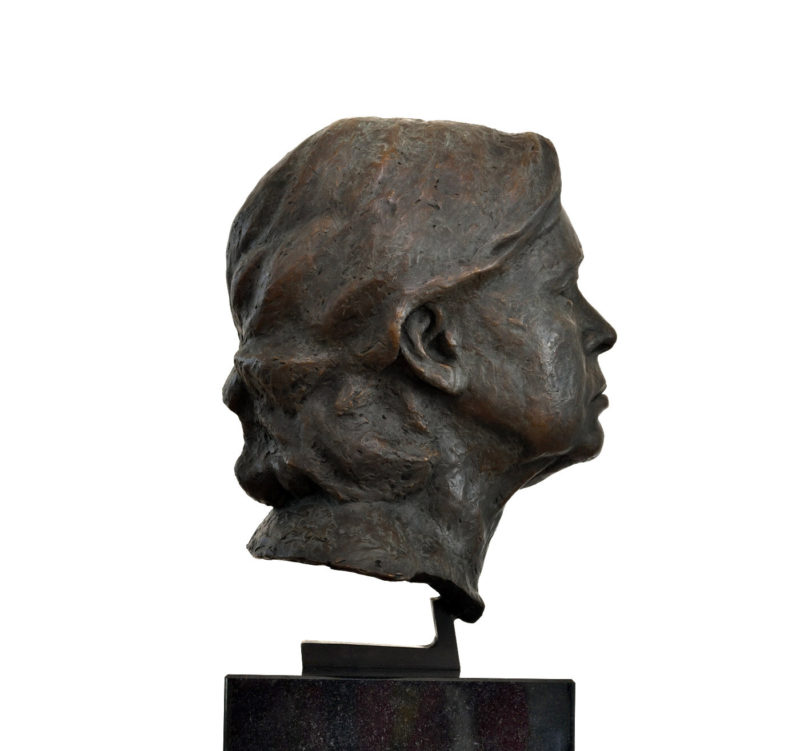
Evoking a New Periclean Age
They could strive to create works that resonate with the wicked realities induced by the pandemic – by discovering new ways of artistic expression and subjects that depict the endless complexity of humanity and the potential infinity of our existence. Artists and their patrons can rise to the occasion and embrace transfiguration to maintain and augment both relevance and timelessness.
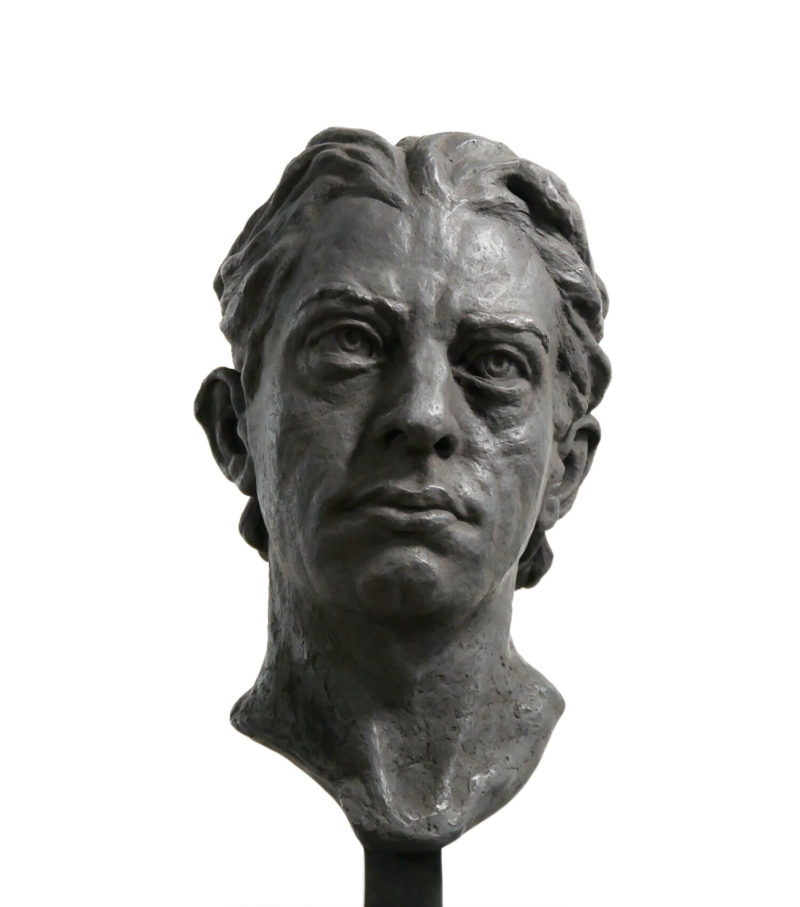
By reliving history, artists can renew our hopes and could make a mark as they did in the Periclean Age 12 of the 5th century BCE. In 2021 we enter into a new epoch – one that will be remembered for significant contributions to the arts as painters 3, sculptors 4 and architects 5 struggle to find relevance within the emptiness of the COVID pandemic. In reviving their vigor, they will leave their stamp on a potential New Periclean Age, much like artists did in the Periclean Age 67 of ancient Greece 8.
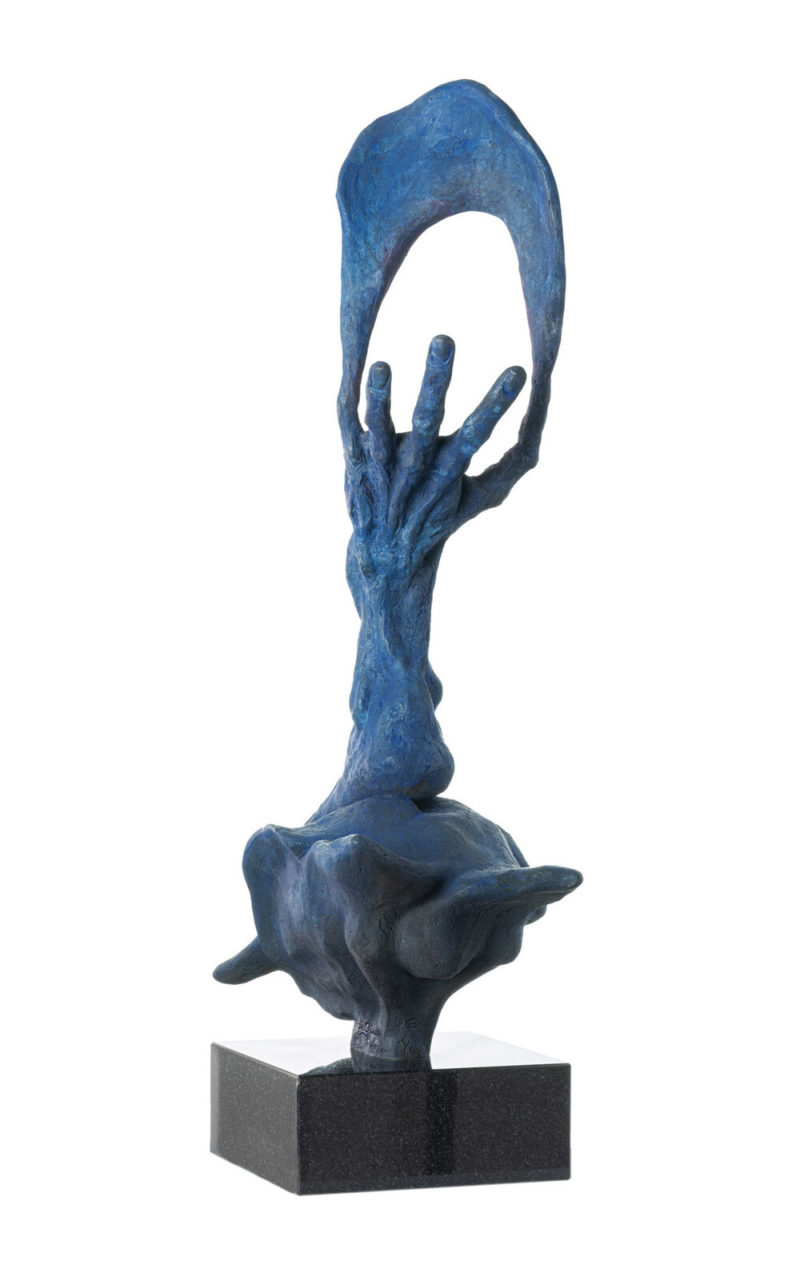
This was a time of critical markers when artistic reference harkened to the past while also hinting at the future. Artworks were not meant for museums but to stimulate the interest of the people – a dedication which could also be a theme for our COVID-times. In sculpture, the Greeks had their greatest contentment; they filled their homes and public places with statues of bronze and marble.
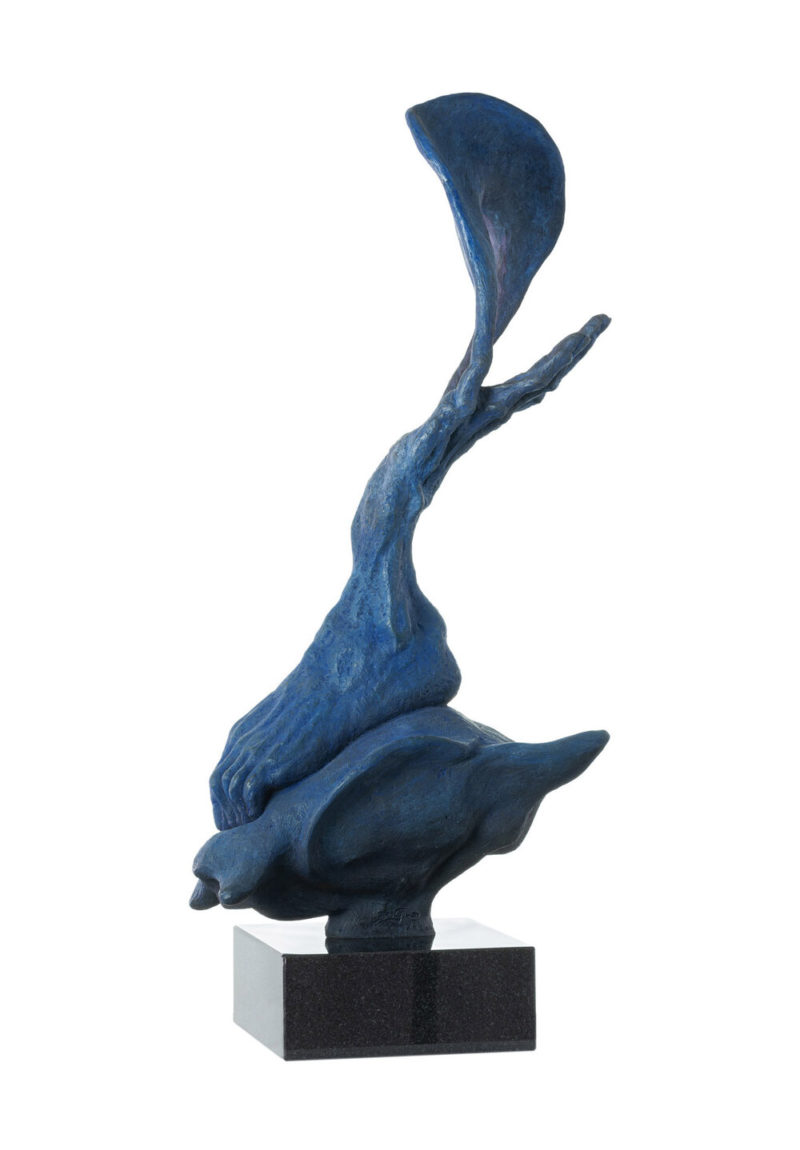
Life-like and yet immortal
The energy expressed in the sculpture’s pose of the Discobolus 910 capturing the moment of stasis just before kairos – the opportune moment for the release of a discus by the spinning athlete is an example of Greek art’s advancement from archaic times of static sculpture. That new sense of proportion and motion made that statue life-like and yet, immortal. It presented an image of some living future to inspire our aspirations.
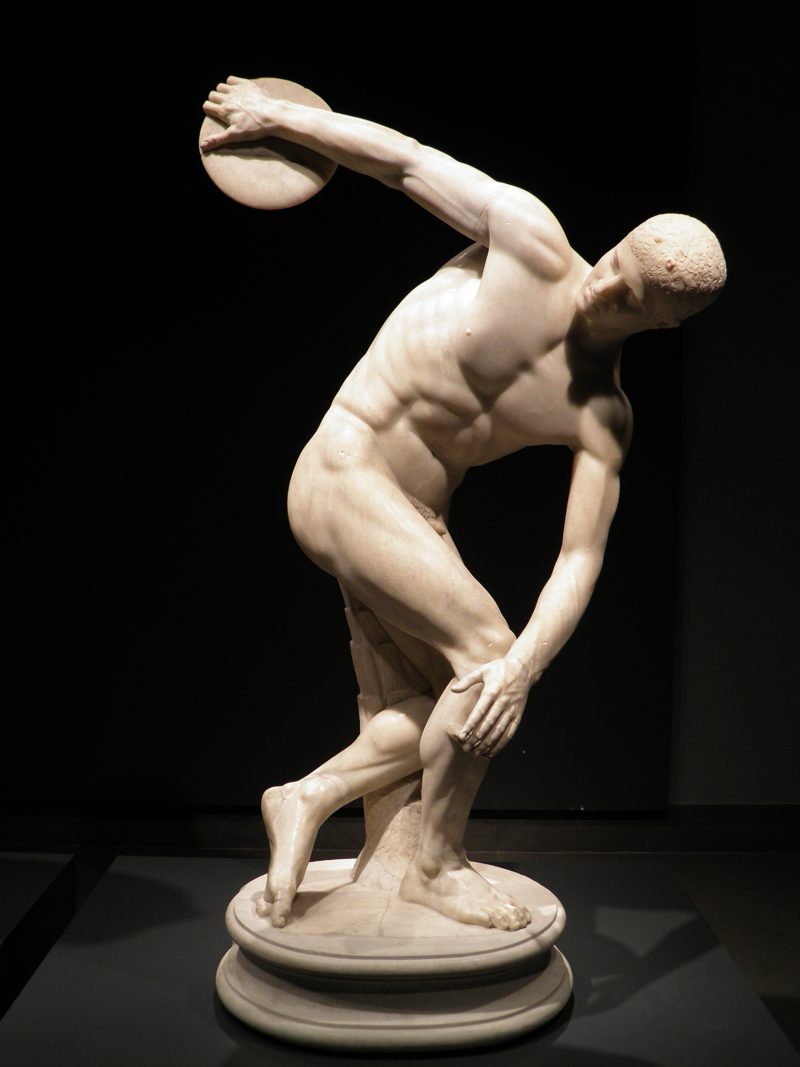
This classical age of Greece began after the turmoil of the Persian Wars 1112, when peace and state-building led to the heyday of a golden century. It was a classical expression form that was—at the time—transitioning towards newer interpretations and radical repositioning – all after years of crises and uncertainty. The Periclean Age distinguished itself as a period of many firsts; in philosophy, politics and the arts.
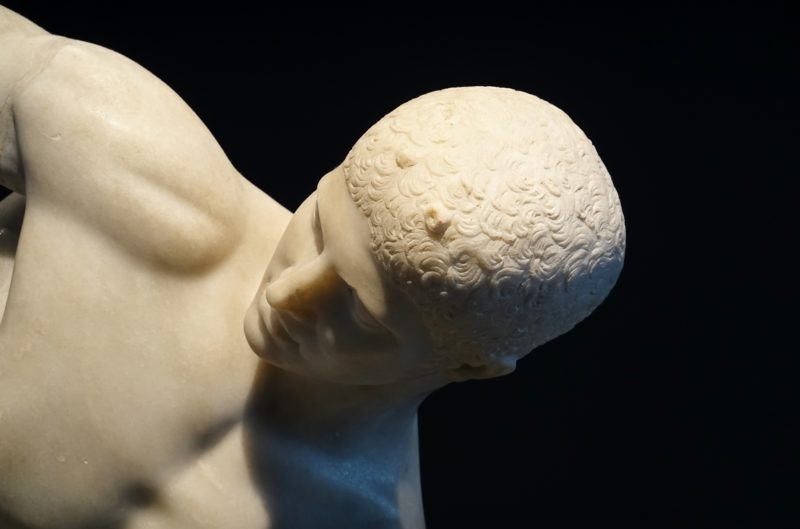
Towards the infinity of our existence
Pericles 1314 – a statesman, orator and general – foresaw the creation of the most advanced political community that the world had ever seen. And in doing so, Pericles sought to realize humankind’s two great passions – namely, immortality and fulfillment as an escape from the deaths toll of his wars. Quite analogous to now with the uncalled-for yet inevitable deaths within the pandemic, raising the need for a greater quest – that of an infinity.
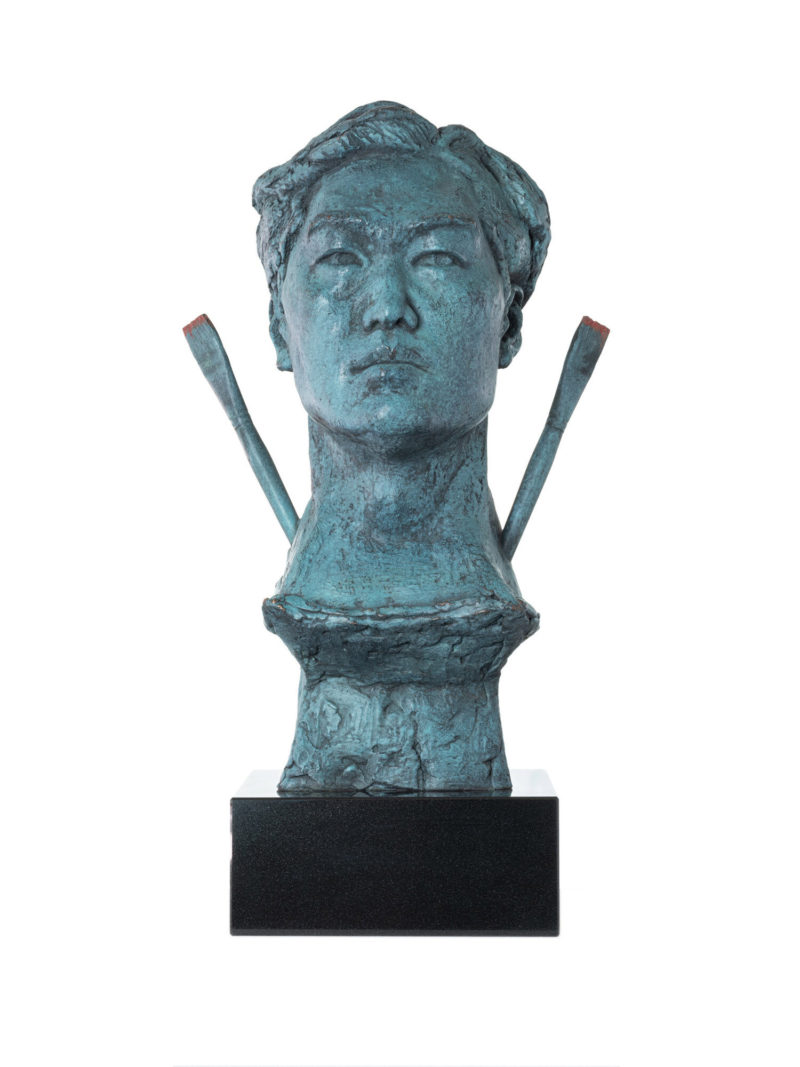
As a contemporary sculptor, I endeavor to delve deeper into the realm of the infinity of our existence.
Infinity has always been a subject of intrigue – an area that has captured the thoughts of humans since ever we can remember. Pericles postulated that collective longing for immortal remembrance overcame a dedication to a cause beyond oneself. Philosophers have regarded infinity as one of the core tenets 1516, as have religions, supporting the idea that man’s soul is immortal and does not perish alongside its flesh and blood companion – the physical body.

A period of new departures and awakenings
In that sense, Transfigured Immortality 1718 is my focal oeuvre at present. I am exploring an area that is on the periphery of immortality. There is an urge to bequeath a legacy that is as innate as humans’ insatiable desire for fulfillment. My bronze figure depicts a graceful lady in the prime of her life, leaning on her last place of rest. Anticipating her death, she is pointing to the future with a sense of purpose. Death is possibly not the end of life but rather the assumption of a different dimension.
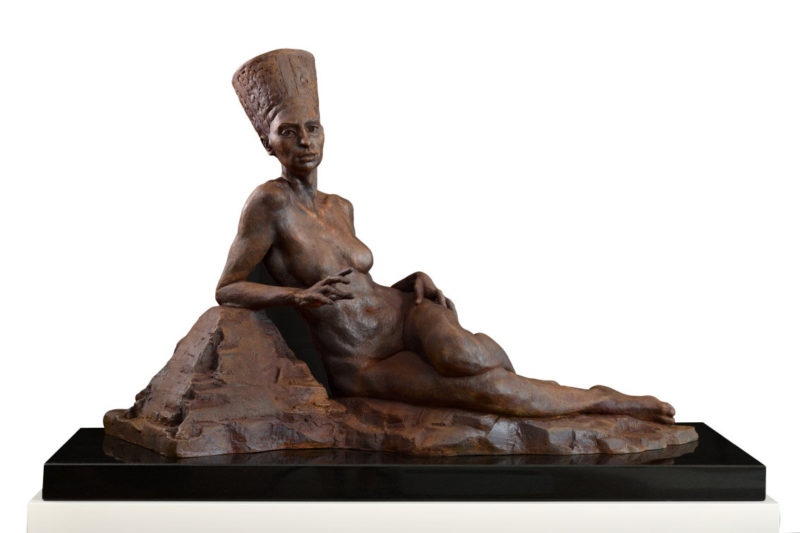
It is becoming increasingly clear to me that the hostilities presented by COVID will evoke a period of new departures and awakenings. There will be experimentation galore; there will be many styles, but then, as ever, there will be no clear answer. It is, eventually, the plurality of styles that will count.
Still, there is a common thread to this emerging art – the quest to be timeless, profoundly reflecting existential arousal such as fulfillment and, ultimately, infinity. Humbly, I wish to contribute to the profusion of the New Periclean Age as it is going to be an epoch based on the idea of long-term oriented and sustainable enhancement embracing infinity.
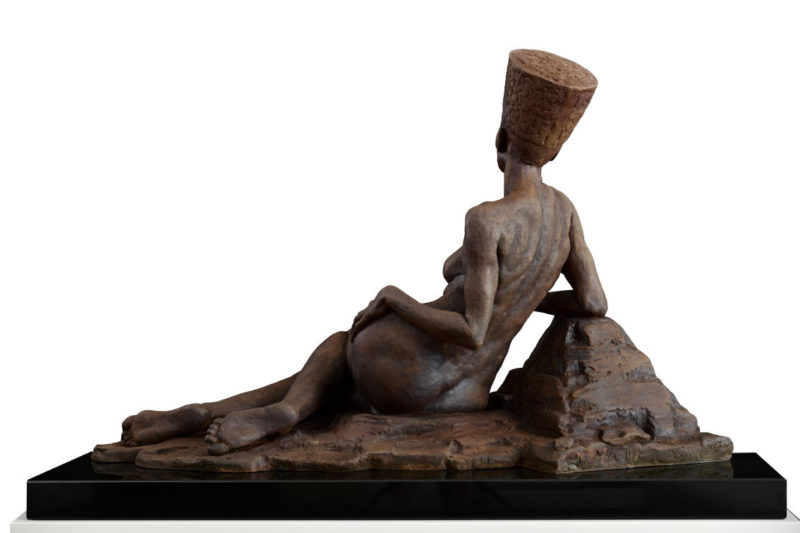
About Dr. Gindi
Dr. Gindi 1920 is a Switzerland-based sculptor working with clay and bronze to conceive three-dimensional objects. She explores the rift of the human condition whilst offering ways to seize both the ferocity and the levity of decay – to ultimately attain unbound infinity. Her work will be exhibited 2122 at the European Museum of Modern Art 2324 in Barcelona 25 from October 2021 – January 2022.
